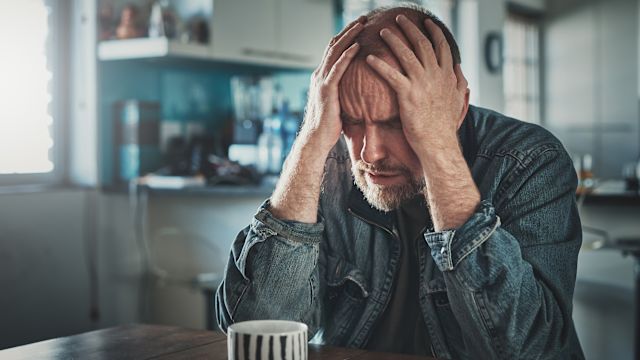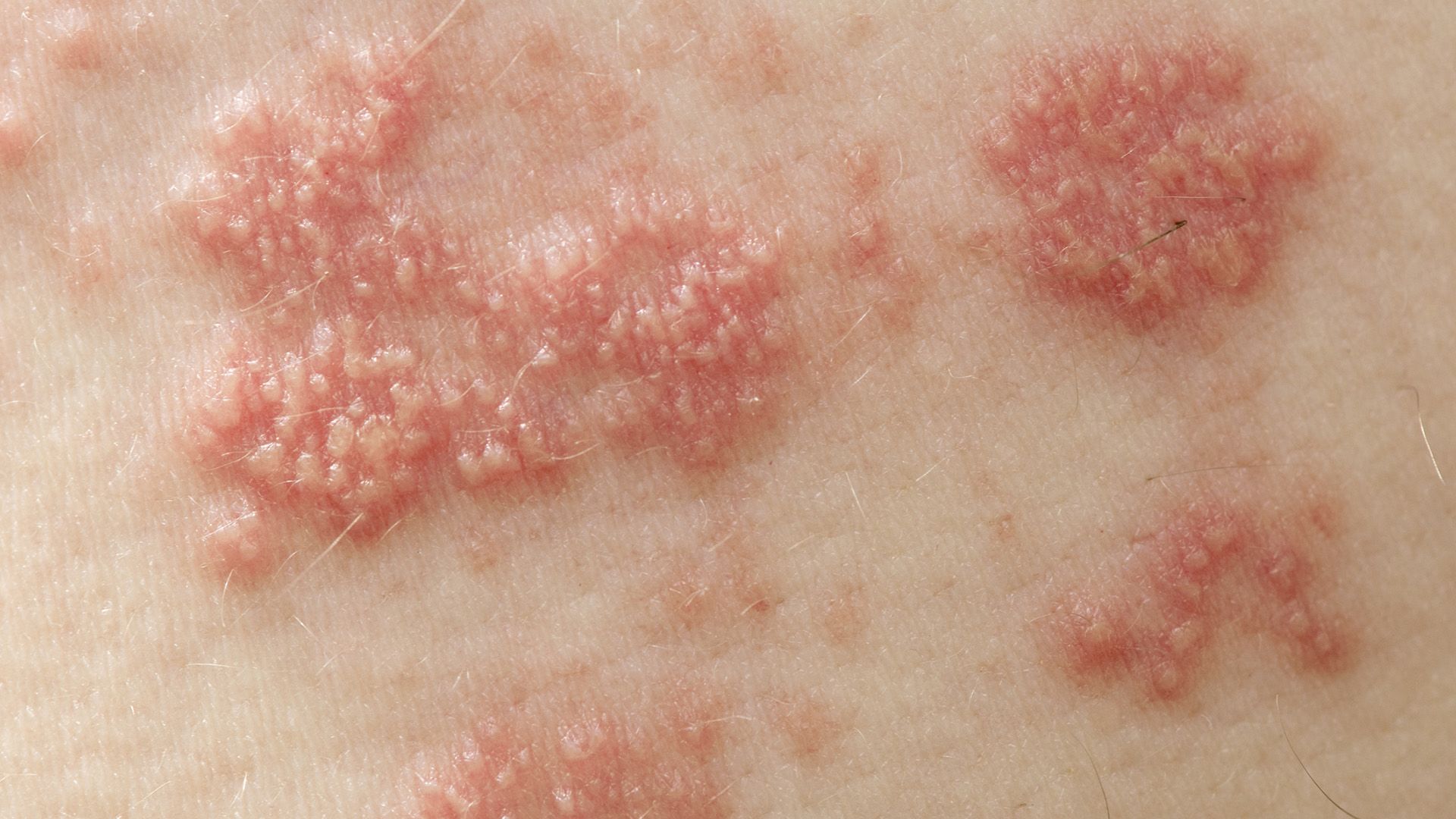Updated on November 13, 2024
You wake up one morning and feel a burning itch, or maybe a strange tingle. You look, but there’s nothing to see. The irritating sensation lasts a couple of days before you spot the cause—a bumpy, blistery, discolored rash along one side of your body. And now it hurts, too.
There's a good chance you’ve developed shingles, also known as herpes zoster. One out of every three people in the United States will experience shingles during their lifetime—but only if they had chicken pox as a child. That’s because varicella zoster, the same virus that causes chicken pox, can reactivate decades later to cause shingles. Though anyone can have shingles, the risk increases as you get older.
In addition to the painful rash, you might have chills, a fever, an upset stomach, or a headache. After about 7 to 10 days, the blisters will dry into scabs. These should clear up after a week or two. And usually, that’s the end of the problem—for most people.
But for others, especially older adults, shingles can serious after-effects. About 20 percent of people ages 60 to 65 who get shingles will develop a condition called post-herpetic neuralgia (PHN). It’s a nerve pain syndrome that can cause pain for months—or even years—after a shingles outbreak. Younger adults are also susceptible to PHN, but it’s rare in people under age 40.
The basics of post-herpetic neuralgia
PHN occurs along the same path (called “dermatome”) as the shingles rash. It’s caused by damage to the nerve fibers (neurons) activated by the rash. These neurons become extremely sensitive to stimulation. As a result, you may experience different kinds of pain. These can include:
- Constant burning, aching, or throbbing
- Occasional pain which may feel stabbing or like an electrical shock
- Pain that comes on when the area is stimulated in some way
In addition to pain, PHN can lead to the following symptoms.
- Depression
- Anxiety
- Sleeplessness
- Weight loss
Some people will have trouble with their daily activities, including dressing, cooking, and eating. Those with PHN often report a lower quality of life.
Treatment options for PHN
PHN can be difficult to treat, especially in older adults. But drugs commonly used for nerve pain can help. For example, gabapentin and pregabalin are often used to treat fibromyalgia, and can help ease PHN symptoms, as well. Your healthcare provider might also recommend an antidepressant, a lidocaine pain patch, or a topical gel.
There are also steps you can take at home to ease symptoms. Try the following tips.
- Get lots of rest and eat healthy, well-balanced meals.
- Use a cool washcloth to ease the pain and cool the blisters.
- Distract yourself by watching TV, chatting with friends, going for a walk, or working on a hobby.
- Stress worsens the pain, so try to find relaxation methods that work for you, such as meditating, deep breathing, or listening to music.
- If your rash is extensive, wear loose-fitting clothes made from natural fibers.
- Oatmeal baths and calamine lotion can be soothing.
However, the best defense for long-term shingle problems is prevention. If you’re age 50 or older, talk to your healthcare provider about getting vaccinated against shingles. For people with a healthy immune system, the vaccine is more than 90 percent effective at preventing both shingles and PHN.
People who are ages 19 or older who have weakened immune systems should also discuss the shingles vaccine with a provider.
People who received an older shingles vaccine called Zostavax should talk to a healthcare provider about getting a newer vaccine. The Centers for Disease Control and Prevention recommends getting the newer vaccine for people who were previously vaccinated with Zostavax, which was less effective and is no longer available in the U.S.
The shingles vaccine can be given at a healthcare provider's office or a pharmacy. It requires two doses given two to six months apart.






